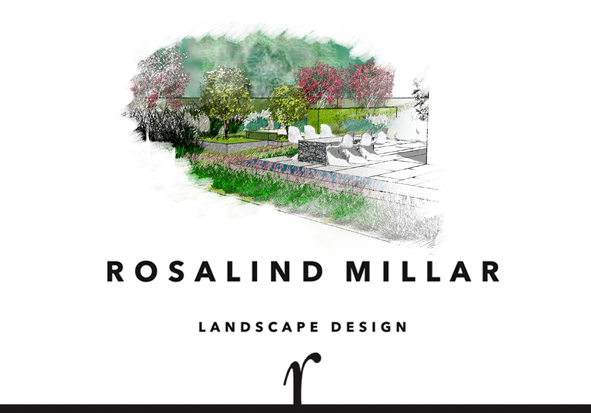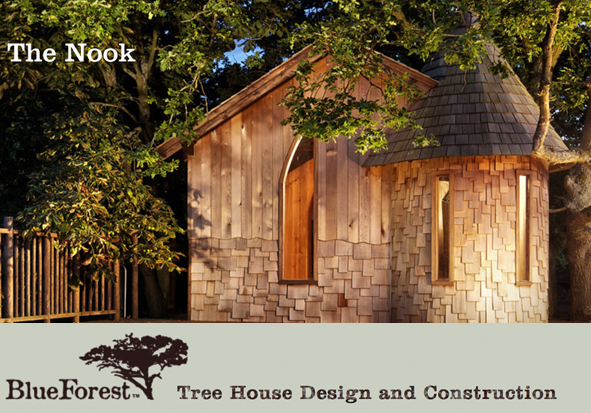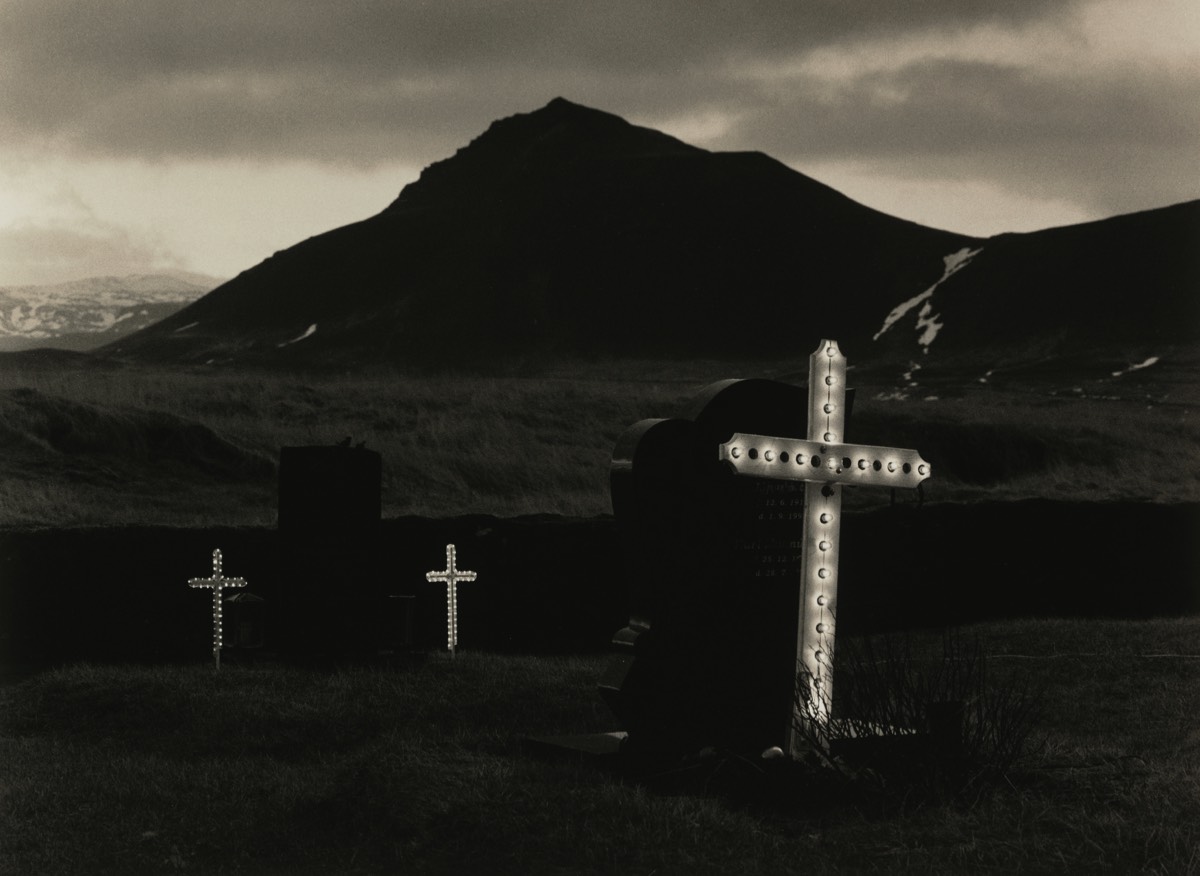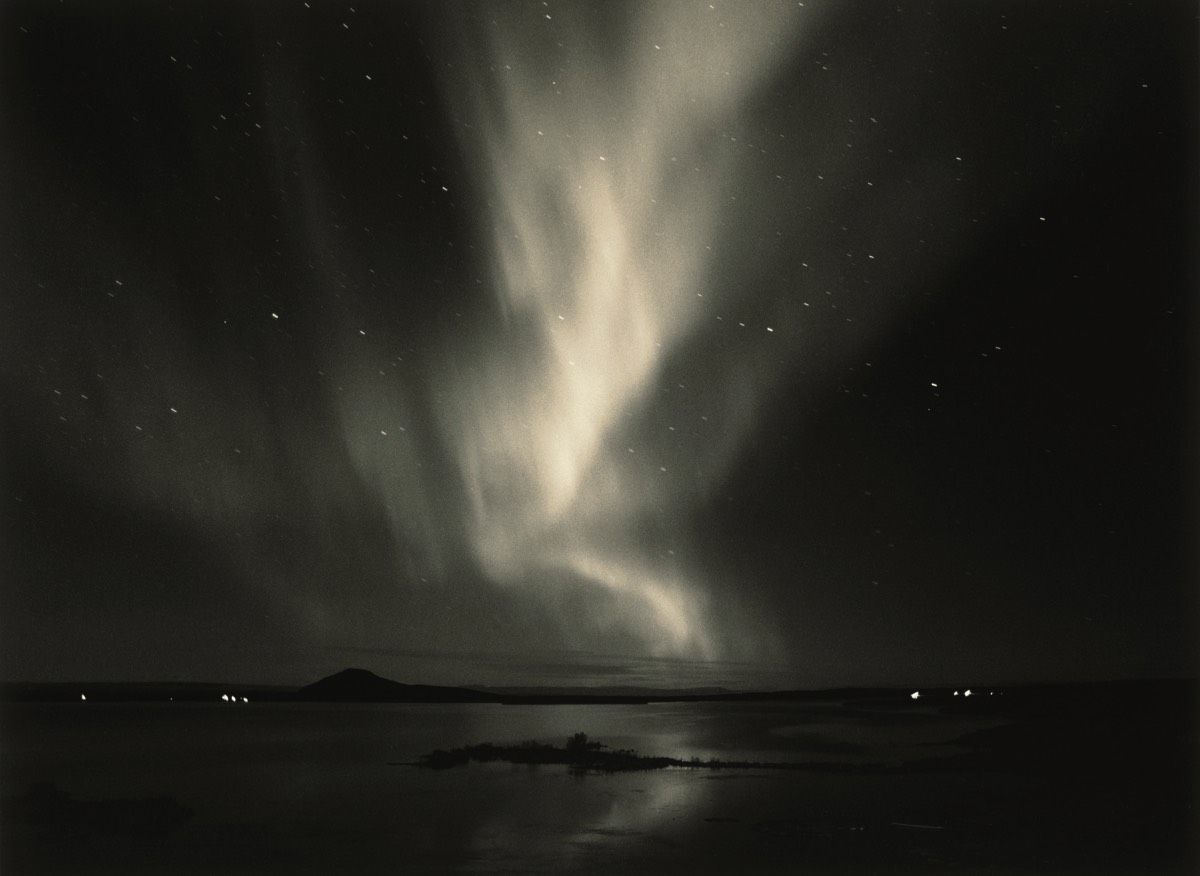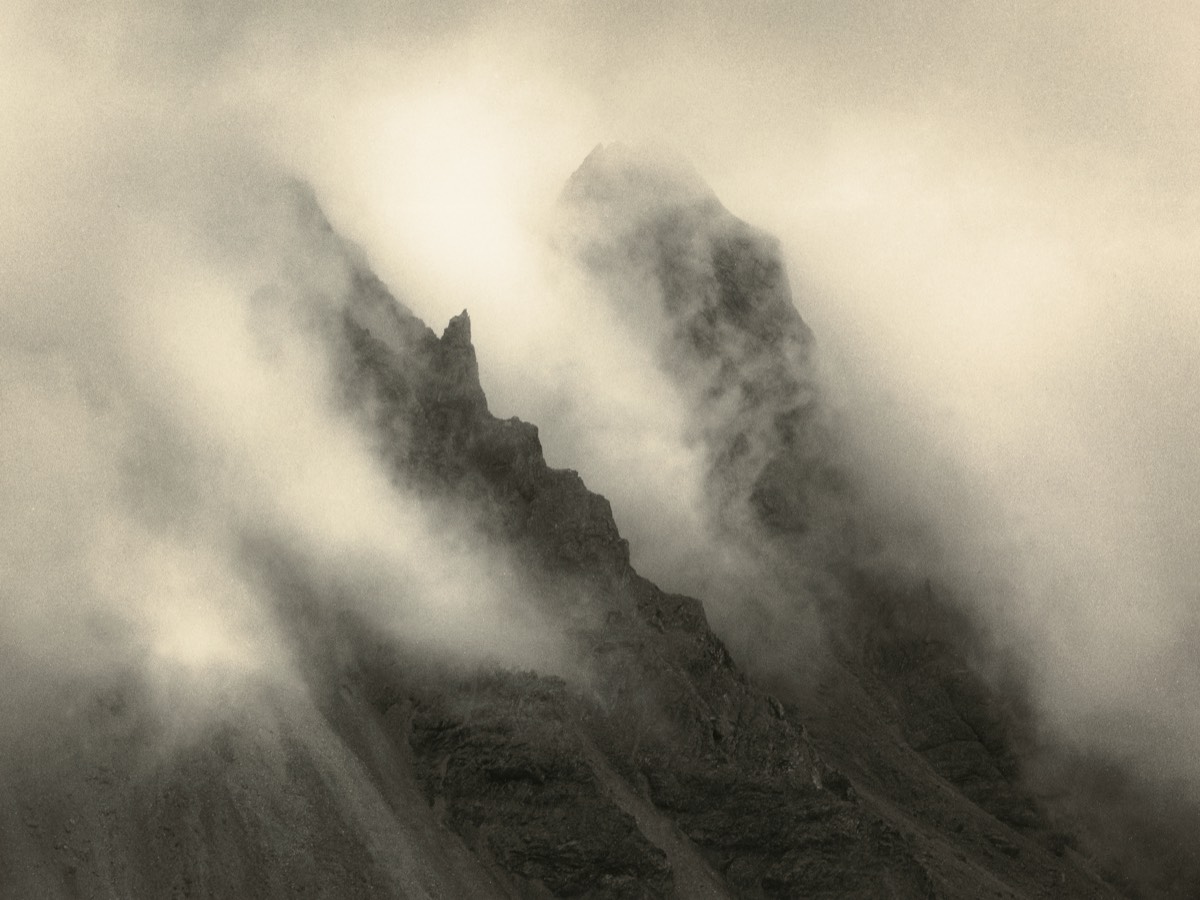INTERVIEW
Surrey’s Premier Lifestyle Magazine
Picture perfect in the land of fire and ice
Tim Rudman is a fine art photographer and internationally renowned darkroom printer who began his involvement with photography in the 1960s whilst studying medicine in London. Tim is acknowledged as one of the very finest landscape photographers active today. Working exclusively with film and wet processing, he is widely held responsible for the popularity of the Lith Printing process and chemical toning techniques. essence caught up with Tim before the start of this year’s touring solo exhibition promoting his new book ‘Iceland, an Uneasy Calm’.
All images: selenium and thiourea toned silver gelatine ©Tim Rudman. All rights reserved.
All images: selenium and thiourea toned silver gelatine ©Tim Rudman. All rights reserved.
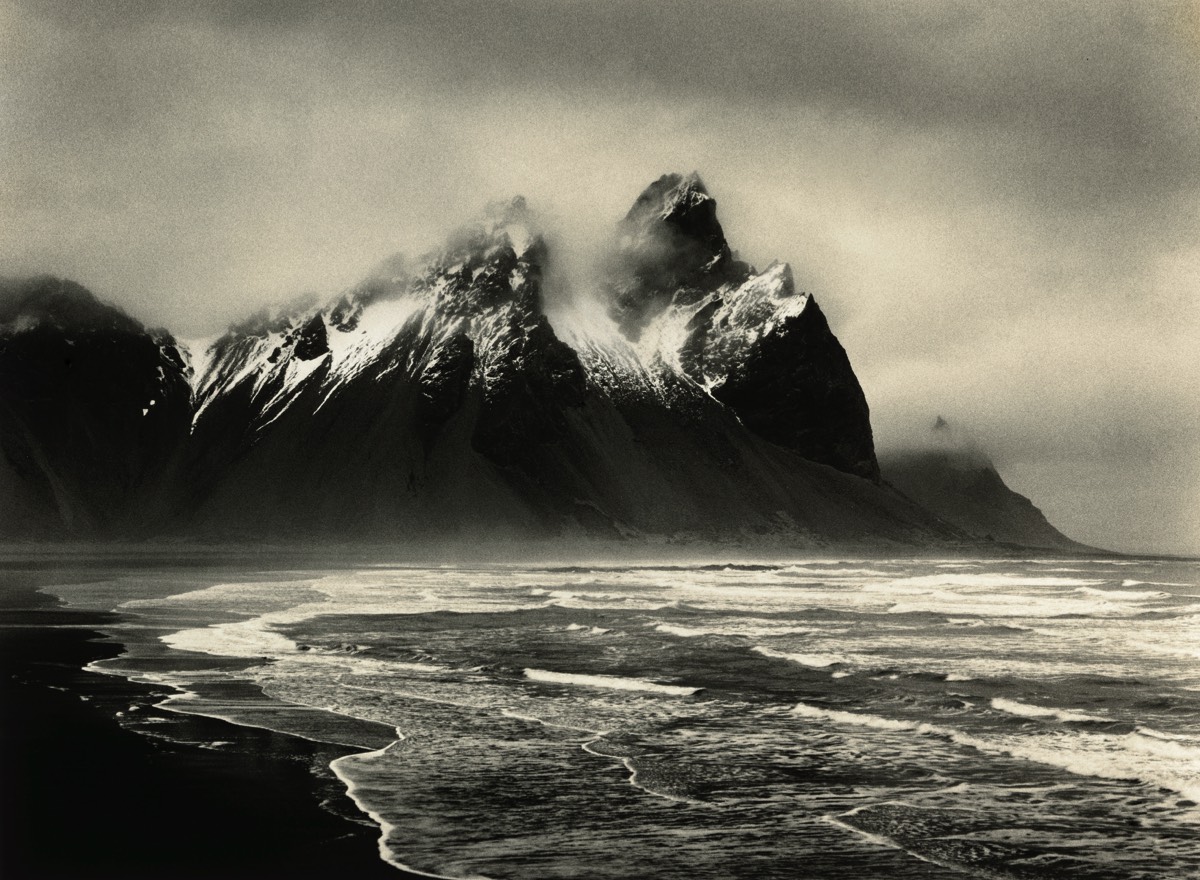
Q Tim, you have a medical background. Photography is regarded as a method of recording fact and a medium of artistic expression. Did your medical studies spark your interest in photography?
A No, although it was whilst a medical student that my photographic epiphany moment occurred when I picked up a book by South African photographer Sam Haskins. It was instant and within weeks I had located a darkroom and was teaching myself to print.
Q Which artists and photographers have been your main inspiration?
A At school and as a student I liked visual ‘art’, in particular Rodin and Michaelangelo, and I constantly littered my books and files with sketches of bits of their sculptures. My earliest photographic influences were Sam Haskins – for his then-daring use of design, grain and composition – and American photojournalist Eugene Smith, for his amazing interpretation through printing and for his use of deep dark tones.
Q What initially drew you to working in black and white?
A That is easy. I always drew in black and white, never colour. With photography, it didn’t occur to me then to work in anything but black and white. That is how I ‘see’.
Q You have pioneered Lith Printing – what do you feel this process has added to your work?
A Ironically, colour. Although ‘false colour’ and its ability to add layers and dimensions to a print that no other process can. It expanded my creative horizons in ways I was not expecting and that is quite addictive.
Q Your work looks as though a lot of planning and pre-thought goes into it. Do you meticulously plan each shoot and image?
A No. I’m more reactive than that. I don’t like the idea of executing a carefully preconceived image. For me, the essence of an image has to be ‘discovered’ and explored. I do have ideas about where I want to shoot and when and what I might want to explore when I get there. These might be sketched out in my head, but in reality the images develop (no pun intended) during that time in response to the weather, the light and what they arouse in me and are often quite different. I do revisit some locations repeatedly when I feel there is something I haven’t quite identified.
A No, although it was whilst a medical student that my photographic epiphany moment occurred when I picked up a book by South African photographer Sam Haskins. It was instant and within weeks I had located a darkroom and was teaching myself to print.
Q Which artists and photographers have been your main inspiration?
A At school and as a student I liked visual ‘art’, in particular Rodin and Michaelangelo, and I constantly littered my books and files with sketches of bits of their sculptures. My earliest photographic influences were Sam Haskins – for his then-daring use of design, grain and composition – and American photojournalist Eugene Smith, for his amazing interpretation through printing and for his use of deep dark tones.
Q What initially drew you to working in black and white?
A That is easy. I always drew in black and white, never colour. With photography, it didn’t occur to me then to work in anything but black and white. That is how I ‘see’.
Q You have pioneered Lith Printing – what do you feel this process has added to your work?
A Ironically, colour. Although ‘false colour’ and its ability to add layers and dimensions to a print that no other process can. It expanded my creative horizons in ways I was not expecting and that is quite addictive.
Q Your work looks as though a lot of planning and pre-thought goes into it. Do you meticulously plan each shoot and image?
A No. I’m more reactive than that. I don’t like the idea of executing a carefully preconceived image. For me, the essence of an image has to be ‘discovered’ and explored. I do have ideas about where I want to shoot and when and what I might want to explore when I get there. These might be sketched out in my head, but in reality the images develop (no pun intended) during that time in response to the weather, the light and what they arouse in me and are often quite different. I do revisit some locations repeatedly when I feel there is something I haven’t quite identified.
LOADING
Profile: Tim Rudman
Tim Rudman began his involvement with photography in the 1960s whilst studying medicine in London. He taught himselfto print in the darkroom and, with his distinctive style of black and white printing, quickly gained some early recognition and publication. His work has been exhibited in over 50 countries around the world, gaining many top international awards.
For many years he pursued his two loves of medicine and photography together, but now devotes his time to photography. He is respected internationally as a photographer, printer, author and authority on darkroom printing and toning techniques. His name is particularly linked with his pioneering work in the beautiful process of Lith Printing, a process in which he is widely regarded as the leading authority and practitioner. His work and publications in this field are held to be primarily responsible for its current popularity as a photographic art form around the world.
Tim is a regular writer and lecturer and has conducted darkroom workshops in Britain, Ireland, Spain, Australia, Canada and America. His four books on photographic printing and toning techniques are critically acclaimed and are widely used in teaching establishments. His work has been published extensively in many countries.
Tim is a member and past chairman of The London Salon of Photography, A Fellow of The Royal Photographic Society of Great Britain and of The Royal Society of Arts. He was a founder member and subsequent chairman of the Royal Photographic Society’s Distinctions Panel for Photographic Printing and 20 year member of its Distinctions Panel for Visual Arts. He currently sits on the RPS Fellowship Board and is a past and current selector for the Tyng Permanent Collection. He was awarded the Society’s Fenton medal and honorary life membership in 2013.
He is a member of the Arena group of photographers in the UK and the Freestyle Advisory Board of Photographic Professionals in Hollywood, California. Tim’s work is represented in a number of permanent and private collections around the world.
His photographic prints are individually hand crafted in the darkroom using silver gelatin materials processed to the highest archival standards and toned mainly with selenium, gold and sulphides, both for aesthetic reasons and to ensure archival permanence.
He is currently represented in Melbourne, Australia by Gold Street Gallery, in the UK by Bangwallop Gallery and online by Art Upfront.
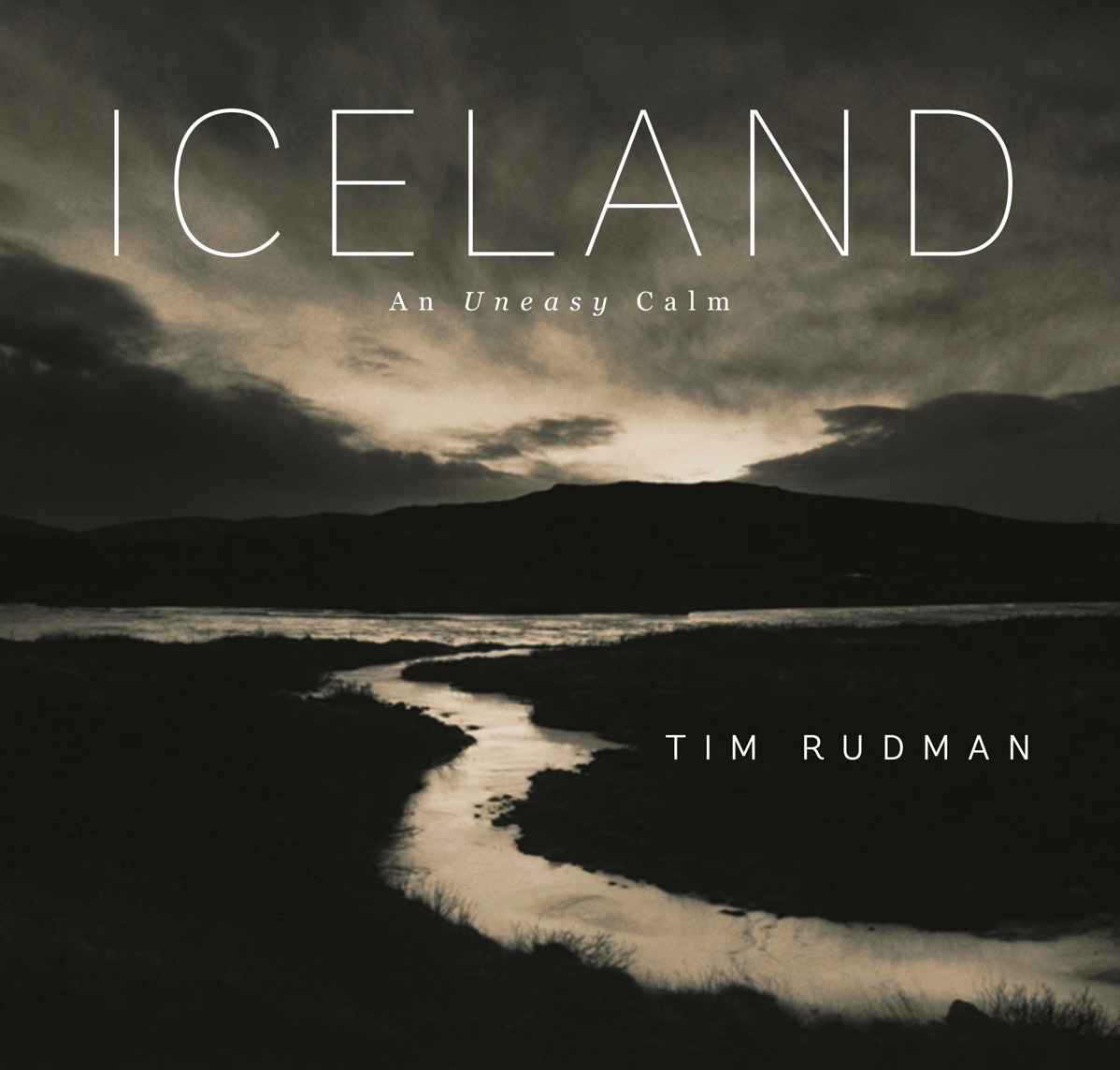
Nordic beauty
Iceland, ‘the land of fire and ice’, has a strong and omnipresent ‘Middle Earth’ feel to it. Evidence of its volcanic origin is everywhere. Geysers spurt, mud pools boil and steam billows from the ground. The central highlands are unpopulated and barren. Glistening glacial caps crown the mountains and extend long white fingers down to light-sucking lava deserts, whilst bible-black beaches lie fringed with white surf. Thundering waterfalls abound, whilst craggy caves and peaks, often shrouded in mist and low cloud, provide a home to some of Iceland’s trolls and ‘hidden people’. In summer the days extend through the nights. In winter the nights eat up the days. Changes in the weather are frequent and storms can be spectacular. Brooding skies accentuate the already dramatic and sometimes eerie landscape where trolls lurk at night and get turned to stone by daylight. It is a land of myth and magic, of fearsome subterranean power and spectacular scenery. – Tim RudmanQ You have produced some spectacular landscapes, is this your favourite subject matter and why?
A It is, but using the term ‘landscape’ loosely. It might be (often is) a portrait of a single tree or other object, which although part of the landscape, becomes the subject, with the landscape being secondary.
Q Your latest book is ‘Iceland, an Uneasy Calm’ and contains images taken over a period of eight years. What attracts you to Iceland and what’s behind the title of the book?
A There is a distinctly primeval feel to the landscape there – very ‘Middle Earth’ and it fuses seamlessly with Iceland’s mythology. You can feel it everywhere. Man has made his mark on this landscape and draws geothermal energy from it, but underfoot is this awesome subterranean power that strikes back regularly and reasserts itself. One is always aware of this balance of power and there have been three world news level volcanic eruptions there in the last few years alone. Everyone there knows there will be more, and potentially catastrophic, but not when.
Q Where are you happiest: in the darkroom or outside taking photographs?
A When I am in the landscape, that is where I am happiest, especially when the elements are raging. When I am printing in my darkroom that is where I am also happiest, especially when the interpretive/ creative forces are favouring me (they don’t always of course!).
Q Some photographers work in digital media and manipulate their images by computer. Is this something you ever considered?
A It doesn’t excite me. I like the intimate involvement that the tactile craft of printmaking brings.
Q Your images are regarded as works of art. What do you think constitutes a photographic work of art?
A Well, mine are never straight records. They always have layers of interpretation to bring forward deeper feelings. Does that make art? That is a deep question. Art is what you say it is.
A It is, but using the term ‘landscape’ loosely. It might be (often is) a portrait of a single tree or other object, which although part of the landscape, becomes the subject, with the landscape being secondary.
Q Your latest book is ‘Iceland, an Uneasy Calm’ and contains images taken over a period of eight years. What attracts you to Iceland and what’s behind the title of the book?
A There is a distinctly primeval feel to the landscape there – very ‘Middle Earth’ and it fuses seamlessly with Iceland’s mythology. You can feel it everywhere. Man has made his mark on this landscape and draws geothermal energy from it, but underfoot is this awesome subterranean power that strikes back regularly and reasserts itself. One is always aware of this balance of power and there have been three world news level volcanic eruptions there in the last few years alone. Everyone there knows there will be more, and potentially catastrophic, but not when.
Q Where are you happiest: in the darkroom or outside taking photographs?
A When I am in the landscape, that is where I am happiest, especially when the elements are raging. When I am printing in my darkroom that is where I am also happiest, especially when the interpretive/ creative forces are favouring me (they don’t always of course!).
Q Some photographers work in digital media and manipulate their images by computer. Is this something you ever considered?
A It doesn’t excite me. I like the intimate involvement that the tactile craft of printmaking brings.
Q Your images are regarded as works of art. What do you think constitutes a photographic work of art?
A Well, mine are never straight records. They always have layers of interpretation to bring forward deeper feelings. Does that make art? That is a deep question. Art is what you say it is.
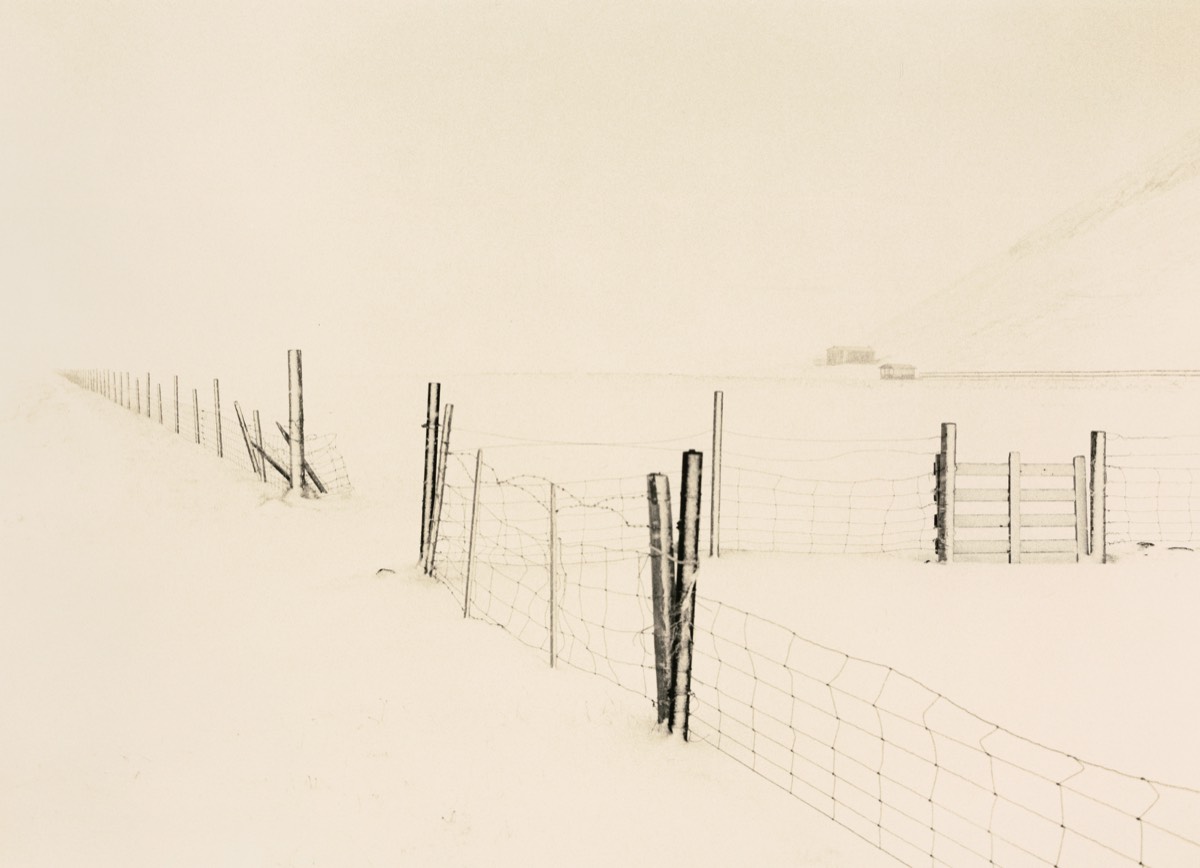
Q Pablo Picasso said that a dentist is a frustrated doctor and a photographer a frustrated painter. Would you agree with this?
A Ha ha. No.
Q The current record price paid for a photographic work of art is $4.3 million for Andreas Gursky’s landscape Rhein II. Photography has struggled to be accepted as art. In your opinion why do you think this is?
A Because from its discovery photography has been a recording process produced by a ‘device’. There have always been those who see its potential as an art medium, and pretty much from its beginning there have always been those who decry it as such. America has
a strong and established tradition of photography as an art
form. Europe is catching up fast. It is, though, just a medium. It can be used in different ways for different purposes. Like a pen, a brush or a keyboard.
Q I recently attended a lecture on Don McCullin’s tour and he stated his distaste for being called an artist, regarding himself as a photographer first and foremost. Are you happy to be called an artist?
A I am. My work is a world away from Don McCullin’s. His intention was never to produce art and I understand that he would dislike it being described as such.
Q What future plans do you have?
A To catch up on my printing. There is a saying: “If you want to make God laugh, tell him your plans for tomorrow.”
essence info
Selected venues for solo exhibitions of Iceland, an Uneasy Calm during 2016 and 2017: Fox Talbot Gallery and Museum, Lacock Abbey, Wiltshire until July. The Lightbox Gallery and Museum, Woking, Surrey during July. Banbury Gallery and Museum, Oxfordshire from December 2016 to January 2017.Websites: www.timrudman.com & www.iceland-anuneasycalm.com
There are two editions of Iceland, an Uneasy Calm – single book or clamshell with print. Both are available to purchase at www.iceland-anuneasycalm.com
